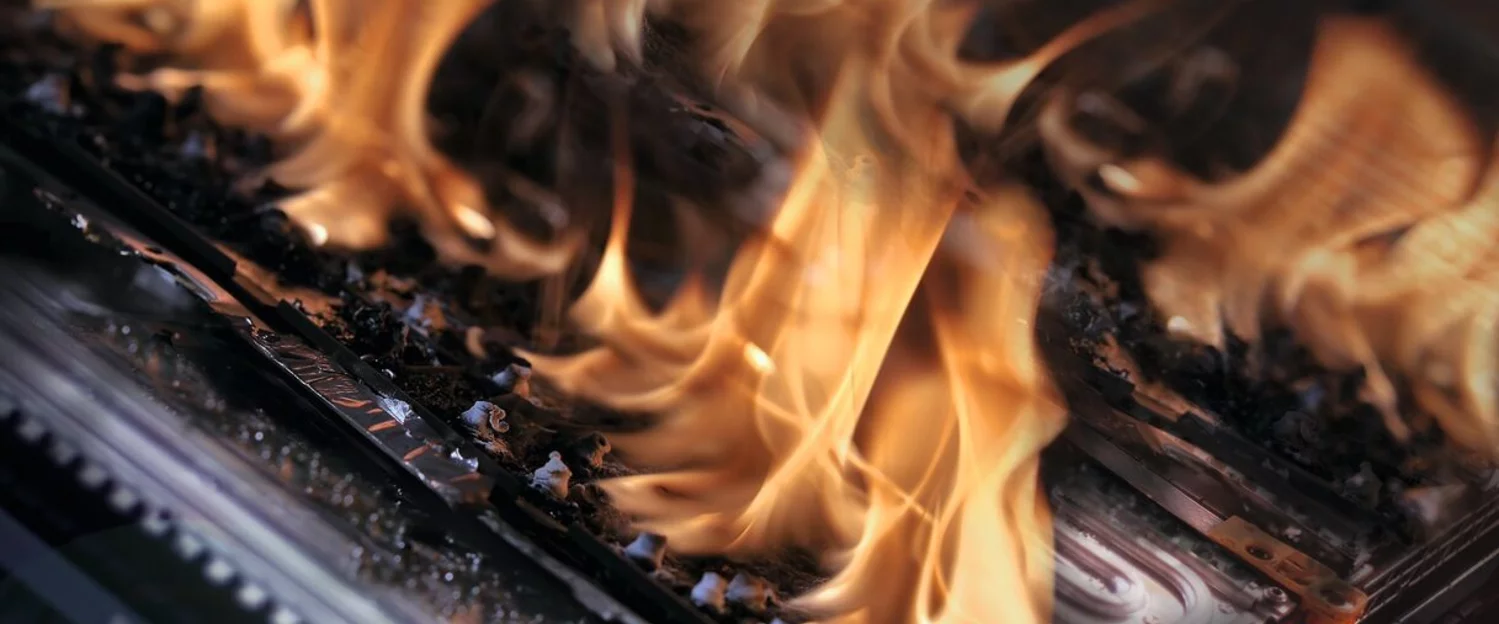A new test chamber from Weiss Technik is currently undergoing beta testing: For the first time, the "ExtremeEvent" is equipped with tertiary explosion protection, which limits the effects of explosive fires during destruction tests on lithium-ion batteries to a safe level. Certified by TÜV. Including the highest hazard level and backed by 30 years of incident-free ATEX expertise.
Lithium-ion batteries, such as those used in electric vehicles, are extremely powerful but can also catch fire and explode. Stress tests, known as destruction tests, deliberately create extreme situations in order to gain knowledge about the safety and functionality of energy storage systems. This requires an appropriate testing environment.
Special test chamber for explosive tests according to ATEX
Weiss Technik has equipped the new "ExtremeEvent" test chamber with tertiary explosion protection specifically for electrical, mechanical or thermal overload tests on lithium-ion batteries. The protection spans from an explosion-resistant design to a pressure relief mechanism, making it suitable for testing electronic components in high-voltage environments or hydrogen-related components.
Explosion protection is covered by two European regulations under the acronym ATEX, which stands for Atmosphères Explosives. The ATEX standard "2014/34/EU" requires manufacturers to classify their equipment according to the risk of ignition and explosion and to provide mandatory labelling.
For facility operators, the "99/92/EC" standard applies. This includes the classification of hazardous areas within the facility into zones - measured by the probability of occurrence of an explosive atmosphere: low (Zone 2), occasional (Zone 1) or high (Zone 0).
Machinery and equipment require specific protective features depending on the hazard zone.
Protection against explosions in three levels and the highest hazard standard
Explosion protection measures are divided into three categories according to their level of effect - from primary, secondary to tertiary. Primary explosion protection prevents or at least restricts the formation of an explosive atmosphere. The purpose of secondary explosion protection is to prevent ignition sources. Finally, tertiary explosion protection is designed to limit the effects of an explosion to a safe level.
EUCAR, the European Council for Automotive Research & Development, has established a range of battery damage severity levels from 0 to 7. These include reversible loss of function (level 1), fire or flame (level 5) and explosion (level 7). Hazard level 7 is defined as the highest possible level on the hazard scale.
This means that the new tertiary explosion-proof test space can be used when tests are likely to involve an increased number of level 5 to 7 events. With the TÜV-certified ExtremeEvent, Weiss Technik sets an exceptional standard of safety and health protection for destructive tests involving fire, flames or even explosions.
Additional equipment and many years of experience
For thermal testing, the ExtremeEvent can be extended with an air conditioner, which is easily controlled via Weiss Technik's S!MPATI software.
The company, based in Reiskirchen, Germany, has been building ATEX chambers for more than 30 years and so far there has not been a single case of damage caused by their use. Our experience is an important source of expertise for the safety and quality of the new test chamber. It also forms the basis for providing detailed advice to the customer, including sound support for risk assessment. This ensures that every test finds the right system - even in extreme cases.
Learn more about battery abuse testing here.
Reprint free of charge. Please state Weiss Technik as the source.

